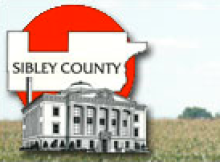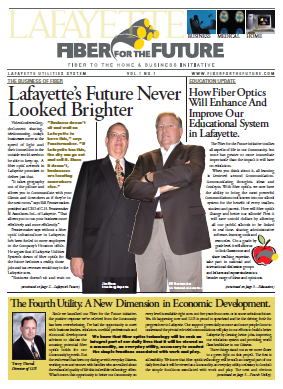In Minnesota, Rural Fiber to the Farm Project Expands
A rural Fiber-to-the-Farm project that started in Sibley County has added three new towns to its potential territory due to the extremely high interest in fast, affordable, and reliable connections to the Internet. The current providers aren't getting the job done and few expect that to change given the cost of improving services.
An article last year reported on present difficulties for many in Sibley:
Soeffker, who farms with her husband in rural Sibley County, said the dish receiver they must use works fine in good weather but balks during heavy rain and snowstorms. Meantime, her husband struggles with a lagging Internet speed of .6 megabits a second that falls short of meeting his business needs when he’s selling commodities.The committee organizing the network set a goal for demonstrating the interest of something like 50% of the population in the target area. There has been some confusion as to exactly how many they should have before committing to the project but with just two mass mailings, they have received nearly 3,000 positive responses (of the over 8000 households that could be served). This is a very strong response. To keep the public informed, they have had numerous public meetings in each of the communities that will be involved. To be as open as possible, they would often have three meetings in a town per day -- a morning, afternoon, and evening meeting to accomodate everyone's schedule. As this project moves forward, no one can claim the group has been anything but open with the plan. On January 19, they had a major meeting with over 100 people attending, including many elected officials from the towns. For over two and a half hours, they had five presentations and numerous questions.




 The newsletter also has a word from the Mayor (the inimitable Joey Durel) and quotes the Greater Lafayette Chamber of Commerce Broadband Policy. Finally, it also explains why the Lafayette Utilities System should build the network and cites successes from BVU in Bristol, Virginia.
Groups that are looking for strategies or a template for a web presence should check out
The newsletter also has a word from the Mayor (the inimitable Joey Durel) and quotes the Greater Lafayette Chamber of Commerce Broadband Policy. Finally, it also explains why the Lafayette Utilities System should build the network and cites successes from BVU in Bristol, Virginia.
Groups that are looking for strategies or a template for a web presence should check out